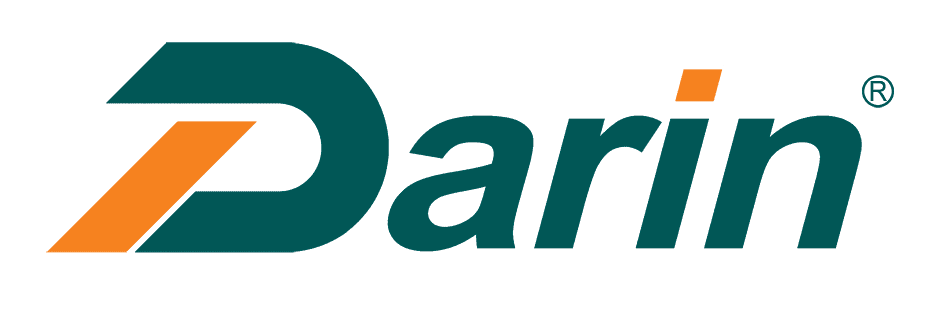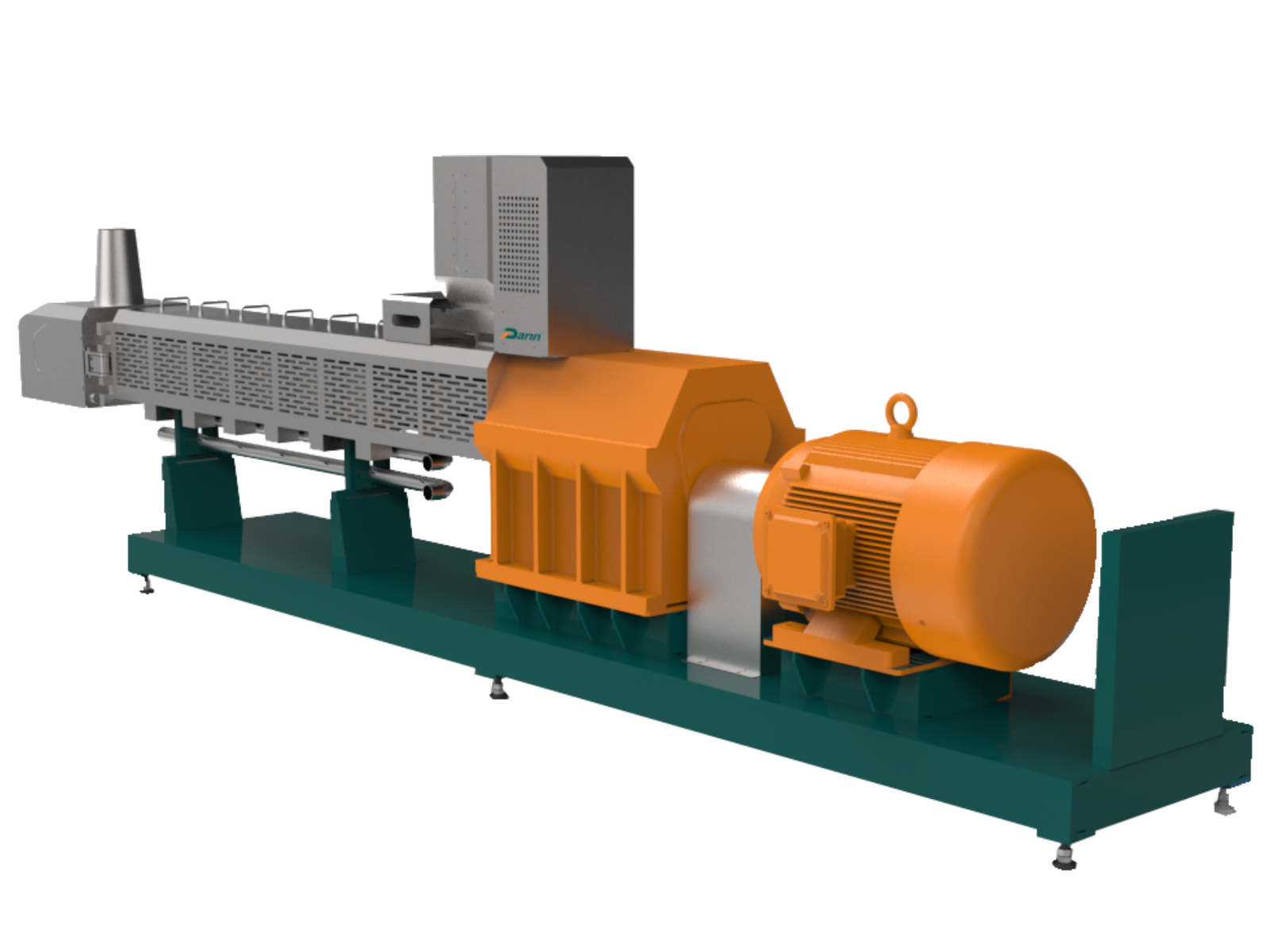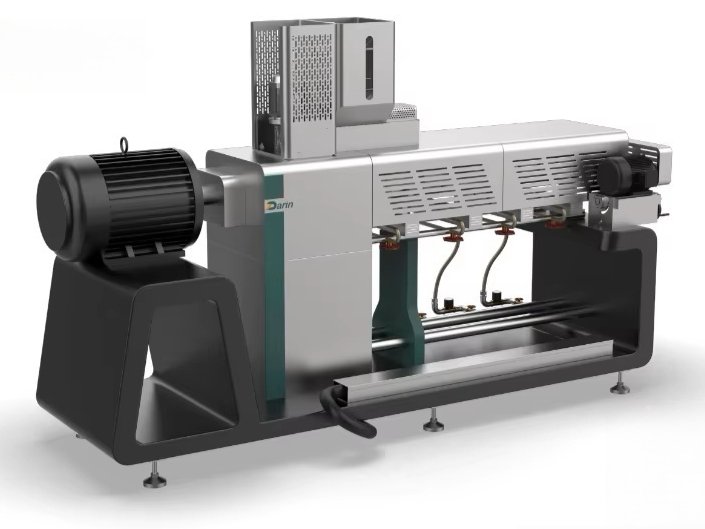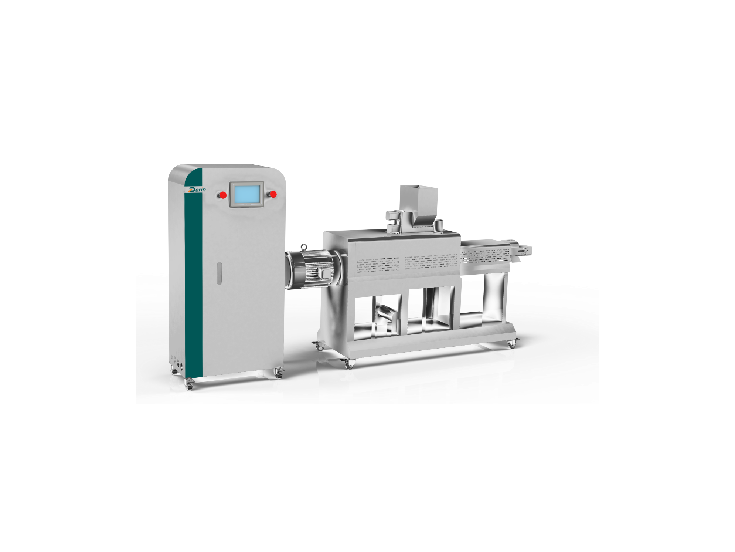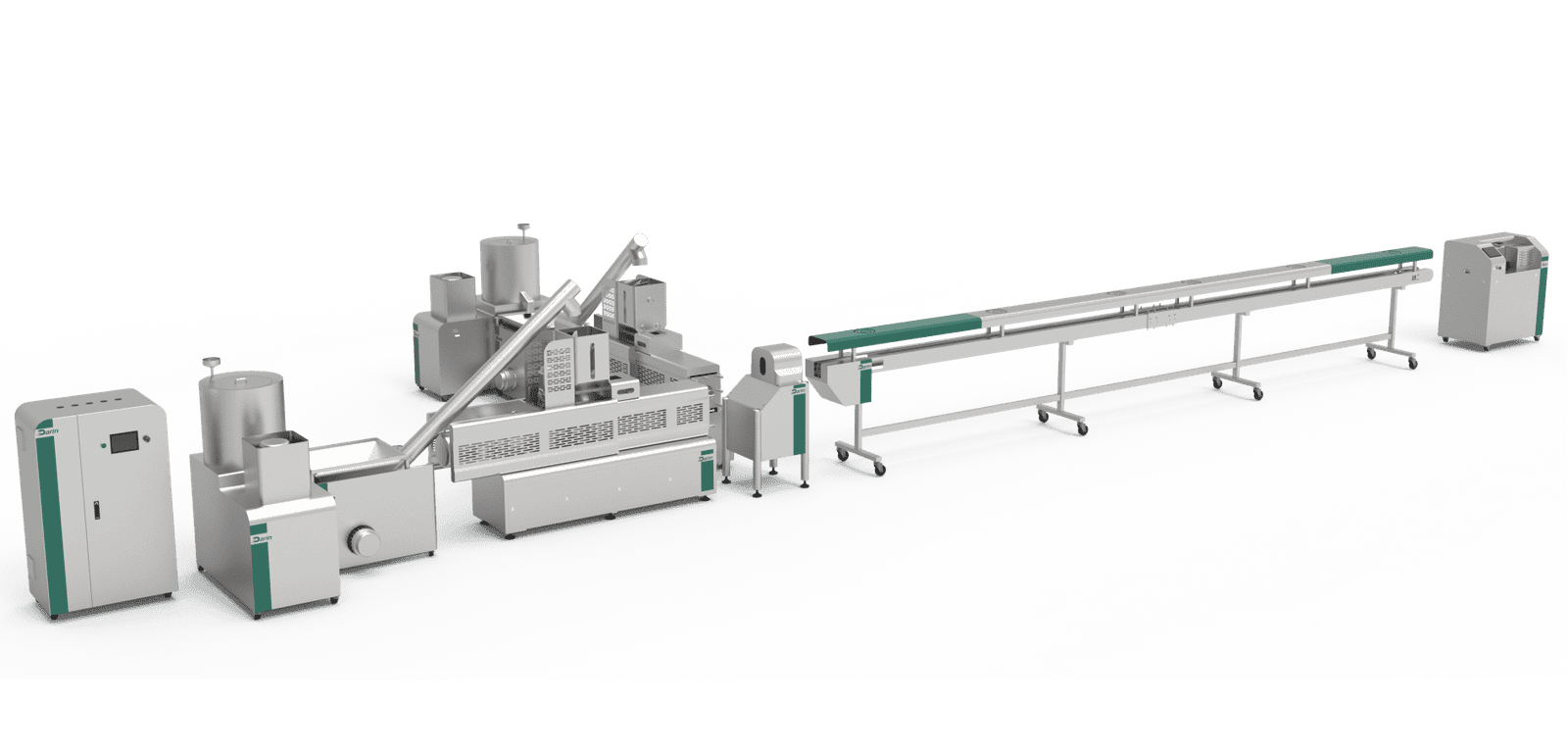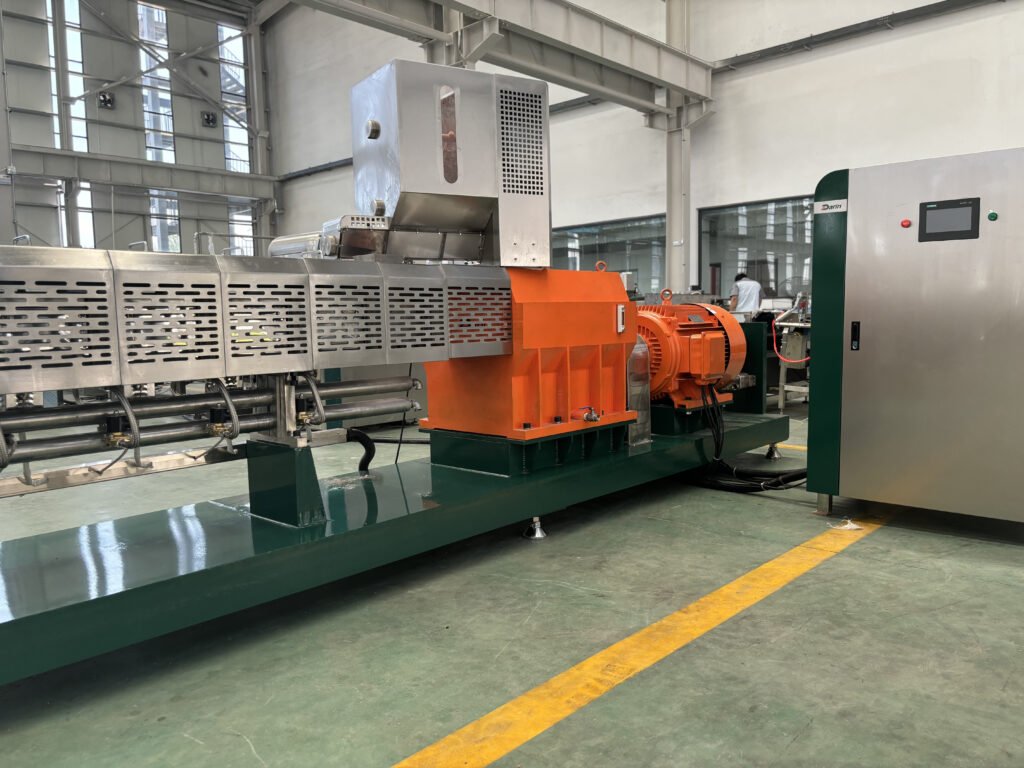
When investing in a dog food production line, many buyers focus solely on the initial machine price and underestimate the ongoing operational expenses. This oversight often leads to budget overruns, unexpected downtime, and reduced profit margins. Understanding every cost factor—both upfront and hidden—is crucial to avoiding financial pitfalls and ensuring a high ROI. In this comprehensive guide, I will help you uncover all the costs involved in buying and operating a dog food machine so you can plan wisely and profitably.
The total costs of buying and operating a dog food machine include initial purchase price, shipping and import duties, installation and training fees, energy consumption, labor costs, maintenance and spare parts, ingredient costs, and depreciation. Accurately calculating each of these ensures better budgeting, pricing strategies, and long-term profitability.
If you're planning to enter or scale up in the pet food industry, it’s essential to grasp not just how much the machine itself costs, but all related expenses. Keep reading to break down every component and learn how to optimize each area for maximum efficiency and savings.
The only significant cost in running a dog food production line is the machine's purchase price.False
In addition to the machine price, significant ongoing costs include energy, maintenance, labor, raw materials, and depreciation, all of which impact total production costs.
A Complete Breakdown of Dog Food Machine Costs
1. Initial Purchase Price
The price of dog food machines varies based on capacity, automation level, and brand reputation. Here's a general range:
| Capacity (kg/h) | Automation Level | Price Range (USD) |
|---|---|---|
| 100-300 kg/h | Semi-automatic | $20,000 - $50,000 |
| 300-1000 kg/h | Fully-automatic with PLC control | $50,000 - $150,000 |
| 1000-3000 kg/h | High-end, customized | $150,000 - $500,000+ |
Key Influencing Factors:
- Material Quality (SUS304 vs SUS316 steel)
- Control System (Basic vs. Advanced PLC)
- Extruder Technology (Single vs. Twin-screw extruder)
- Customization (Specific kibble shapes, cooling systems, packaging integration)
Example:
Company A purchased a fully-automatic 1000 kg/h line for $120,000 with complete customization, enabling them to offer multiple kibble shapes.
2. Shipping, Import Duties, and Insurance
Costs depend on:
| Cost Element | Typical Percentage of Machine Price |
|---|---|
| Sea Freight (FOB, CIF) | 3%-8% |
| Import Duties & Tariffs | 5%-25% depending on country |
| Insurance | 0.5%-1% |
For example, shipping a $100,000 machine might incur $10,000-$15,000 in combined duties and logistics fees.
3. Installation and Training Fees
Suppliers may charge extra for:
| Service | Cost Range (USD) |
|---|---|
| On-site installation | $5,000 - $20,000 |
| Technician Travel & Accommodation | Actuals (Varies by location) |
| Operator Training | Often bundled, or $2,000 - $5,000 |
Always confirm if these services are included or billed separately.
4. Energy Consumption
Dog food machines involve extrusion, drying, and cooling—all energy-intensive processes:
| Component | Energy Usage (Per 1000 kg of output) |
|---|---|
| Extruder (Electric heating) | 100-200 kWh |
| Dryer | 150-250 kWh |
| Cooling Systems | 50-100 kWh |
Estimated Energy Cost:
At $0.10/kWh, expect $30-$50 in energy costs per ton of dog food produced.
5. Labor Costs
Even with automation, some labor is required for:
- Machine operation
- Raw material loading
- Quality inspection
- Packaging
| Factory Scale | Labor Requirement | Monthly Cost Estimate (USD) |
|---|---|---|
| Small (100-500 kg/h) | 3-5 workers | $5,000 - $10,000 |
| Medium (500-2000 kg/h) | 8-15 workers | $10,000 - $30,000 |
| Large (2000+ kg/h) | 20+ workers | $30,000+ |
Labor costs depend heavily on local wage rates.
6. Maintenance, Spare Parts & Consumables
Preventive maintenance is key to minimizing breakdowns:
| Expense Category | Annual Cost as % of Machine Price |
|---|---|
| Spare parts (screws, belts) | 2%-5% |
| Lubricants & Consumables | $1,000 - $5,000 |
| Professional Maintenance Service | $3,000 - $10,000 annually |
Plan for yearly replacement of critical wear parts to avoid production halts.
7. Ingredient & Raw Material Costs
One of the largest recurring expenses:
| Ingredient Type | Cost Per Ton (USD) |
|---|---|
| Meat meal | $500 - $1,000 |
| Grains (corn, rice) | $200 - $400 |
| Vitamins, minerals, additives | $100 - $300 |
Total Raw Material Cost per Ton of Dog Food: $700 - $1,500
Managing supplier contracts and bulk purchases can reduce these costs.
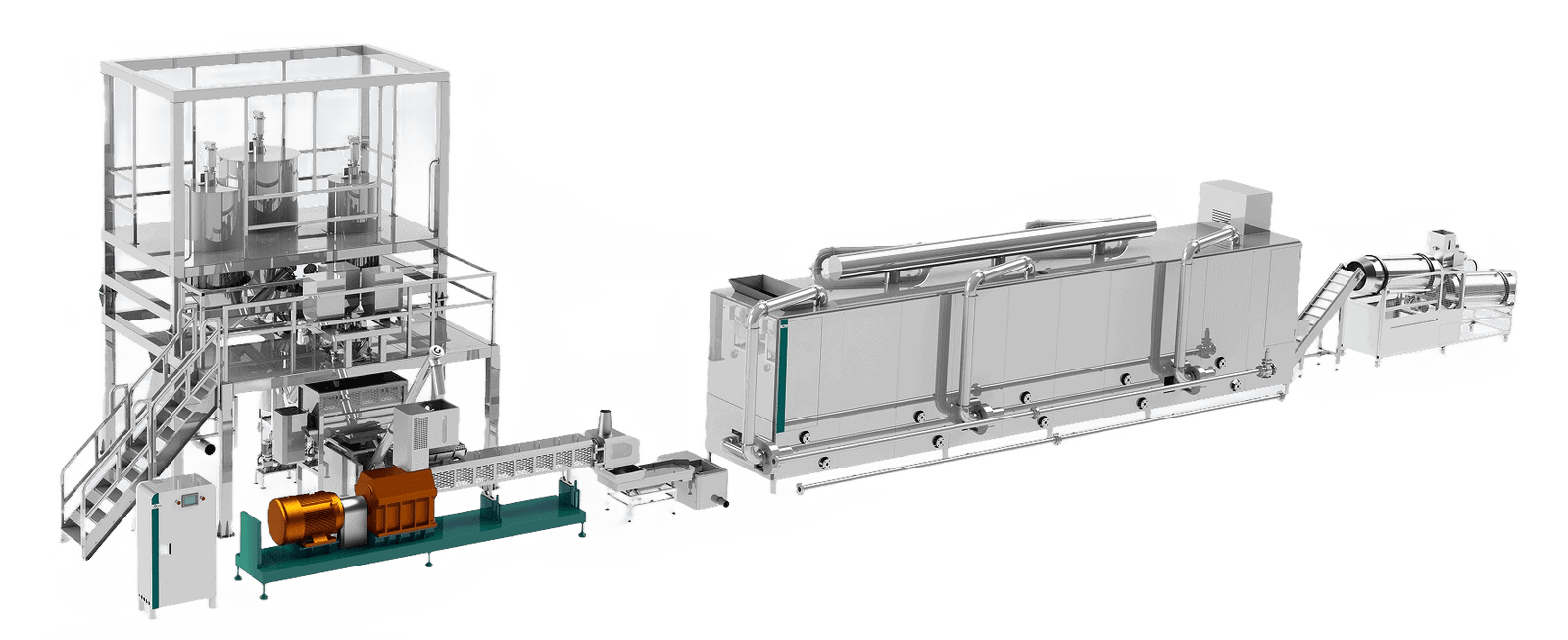
8. Depreciation & Financing
Machines depreciate over 5-10 years:
| Depreciation Method | Annual Depreciation % |
|---|---|
| Straight Line (Over 10 Years) | 10% |
| Accelerated (Over 5 Years) | 20% |
If financing:
| Financing Type | Typical Interest Rate (%) |
|---|---|
| Bank Loan | 4%-8% |
| Leasing Option | 5%-12% |
Total Cost Estimation Example (Annualized)
| Cost Category | Annual Amount (USD) |
|---|---|
| Machine Depreciation (10%) | $12,000 (on $120,000 machine) |
| Energy Costs | $50,000 (producing 1,000 tons/year) |
| Labor Costs | $150,000 |
| Maintenance & Spare Parts | $10,000 |
| Raw Materials | $1,000,000 (1,000 tons/year at $1,000/ton) |
| Financing Interest (if applicable) | $5,000 - $12,000 |
Total Annual Operating Cost: Approx. $1,227,000
Profitability Chart: Cost Per Ton Breakdown
| Cost Element | Cost Per Ton (USD) |
|---|---|
| Raw Materials | $1,000 |
| Energy | $50 |
| Labor | $150 |
| Maintenance | $10 |
| Depreciation | $12 |
| Financing Interest | $5 |
| Total Cost Per Ton | $1,227 |
How to Control Costs & Maximize ROI?
- Negotiate long-term ingredient supply contracts.
- Invest in energy-efficient machines.
- Schedule preventive maintenance regularly.
- Optimize labor through automation and training.
- Consider leasing or financing with favorable terms to maintain cash flow.
Final Thoughts
The true cost of buying and operating a dog food machine goes far beyond the purchase price. Factoring in all expenses—energy, labor, maintenance, raw materials, and depreciation—is essential for proper budgeting and sustained profitability. Armed with this detailed breakdown, you can now make informed decisions, control costs, and maximize your return on investment.
Ready to Start Your Dog Food Production Line?
Contact us today to receive a personalized cost analysis based on your production capacity and local factors. Our expert team will help you calculate precise budgets and offer you energy-efficient, high-performance machinery tailored to your business goals.
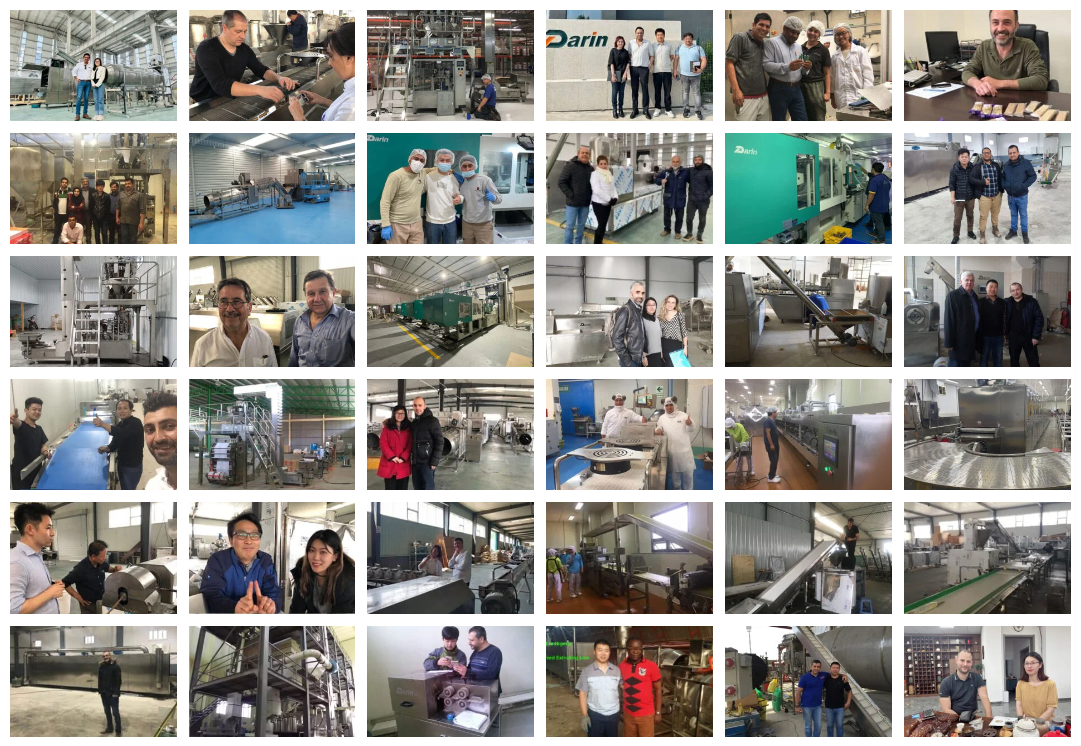
FAQ
Q1: What is the initial cost of purchasing a dog food machine?
A1: The initial cost of a dog food machine typically ranges from $10,000 to $200,000, depending on the machine's capacity, automation level, brand, materials used, and additional features like multi-functionality or advanced control systems.
Q2: What are the recurring operational costs of running a dog food machine?
A2: Recurring costs include energy consumption, labor wages, raw material expenses, water usage, and periodic maintenance. Energy-efficient machines may reduce electricity bills, while automation can lower labor costs.
Q3: How much does maintenance cost for a dog food machine?
A3: Maintenance costs vary by machine complexity but can range from $2,000 to $10,000 annually. Regular servicing, spare parts replacement, and lubrication are common maintenance expenses, ensuring optimal performance and longevity.
Q4: Are there hidden costs involved in dog food machine operation?
A4: Yes, hidden costs may include downtime due to breakdowns, costs for staff training, compliance with safety and hygiene regulations, shipping, installation fees, and potential upgrades or software updates over time.
Q5: How can I reduce the overall cost of operating a dog food machine?
A5: To minimize costs, invest in energy-efficient models, schedule regular maintenance to avoid costly repairs, train staff effectively, and negotiate long-term contracts for raw materials. Also, ensure the machine has a strong warranty and reliable after-sales support.
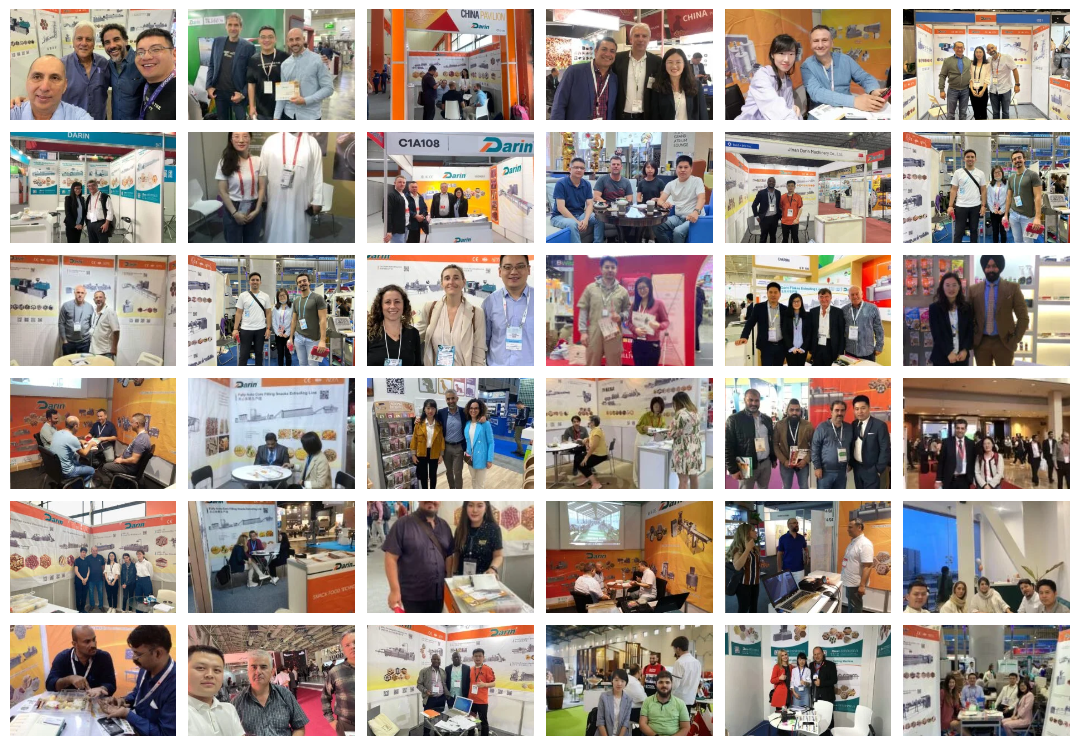
References
- Cost Guide for Pet Food Machinery - https://www.petfoodindustry.com/articles/10750 - Pet Food Industry
- Dog Food Machine Pricing & Investment Overview - https://www.petfoodprocessing.net/articles/14400-dog-food-machine-cost - Pet Food Processing
- Factors Affecting the Cost of Pet Food Equipment - https://www.feedstrategy.com/pet-food/cost-factors-pet-food-equipment - Feed Strategy
- Hidden Costs in Pet Food Manufacturing - https://www.foodengineeringmag.com/articles/98600-hidden-costs-food-machinery - Food Engineering
- Energy Efficiency in Pet Food Production - https://www.energy.gov/eere/amo/energy-efficiency-pet-food - U.S. Department of Energy
- Maintenance Costs of Pet Food Processing Equipment - https://www.bakerperkins.com/pet-food-maintenance-guide - Baker Perkins
- How to Reduce Operational Costs in Food Manufacturing - https://www.meatpoultry.com/articles/25090-reduce-costs-food-production - Meat & Poultry
- Labor and Training Costs in Food Equipment Operations - https://www.foodprocessing.com/articles/2021/labor-costs-food-machinery - Food Processing
- Compliance Costs in Pet Food Production - https://www.allaboutfeed.net/market-trends/compliance-costs-pet-food - All About Feed
- Comparing Long-Term Operating Costs of Pet Food Machines - https://www.automationworld.com/industries/food-beverage/article/21145205 - Automation World
